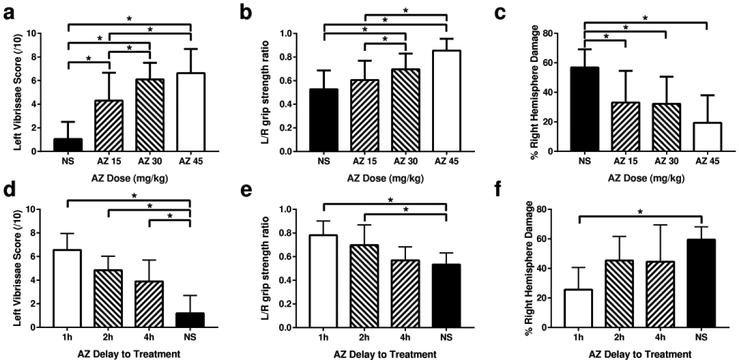Figure 1: Azithromycin (AZ) Neuroprotection is Dose- and Onset-time-dependent.
Postnatal day 7 (P7) rats underwent right carotid ligation, followed by 90 min in 8% O2 (hypoxia-ischemia, HI, see Methods) (n=6/group). To evaluate the AZ dose-response, AZ 15 mg/kg (AZ15), 30 mg/kg (AZ30) or 45 mg/kg (AZ45), or saline (NS) was injected intraperitoneally (i.p.) 15 min after the end of HI (a-c). To evaluate the impact of delayed-onset treatment, a single AZ dose (45 mg/kg) was injected i.p. 1 h (AZ 1h), 2 h (AZ 2h), or 4 h (AZ 4h) after HI; controls received saline injections (NS) at 1 h (d-f). In both groups of experiments, sensorimotor function was evaluated on P21 with lateral vibrissae-stimulated forepaw placing (10 trials/side, normal score = 10,a, d) and bilateral forepaw grip strength [3 trials/side, expressed as left/right (L/R) forepaw ratio, normal = 1,b, e). Animals were euthanized on P21. Cerebral hemispheres were weighed; % right hemisphere damage (weight loss, reflecting both initial tissue injury and impaired subsequent growth) was expressed as: 100*(left-right)/left,c, f). All 3 AZ doses attenuated sensorimotor deficits (a, b) and decreased the magnitude of right hemisphere tissue loss (c); protection was greater with higher doses (p<0.0001 ANOVA, with post-test for linear trend). Improvements in sensorimotor function declined with increasing duration delays of AZ treatment (d, e, p<0.0001 ANOVA, with post-test for linear trend); in the AZ 4h delay group, vibrissae scores were higher than in controls (d, *p<0.01 ANOVA with Dunnet’s multiple comparison test), but grip strength ratios were not (e). Significant attenuation of right hemisphere damage was limited to the AZ 1h delay group (f, *p<0.05 ANOVA with Dunnet’s multiple comparison test).

